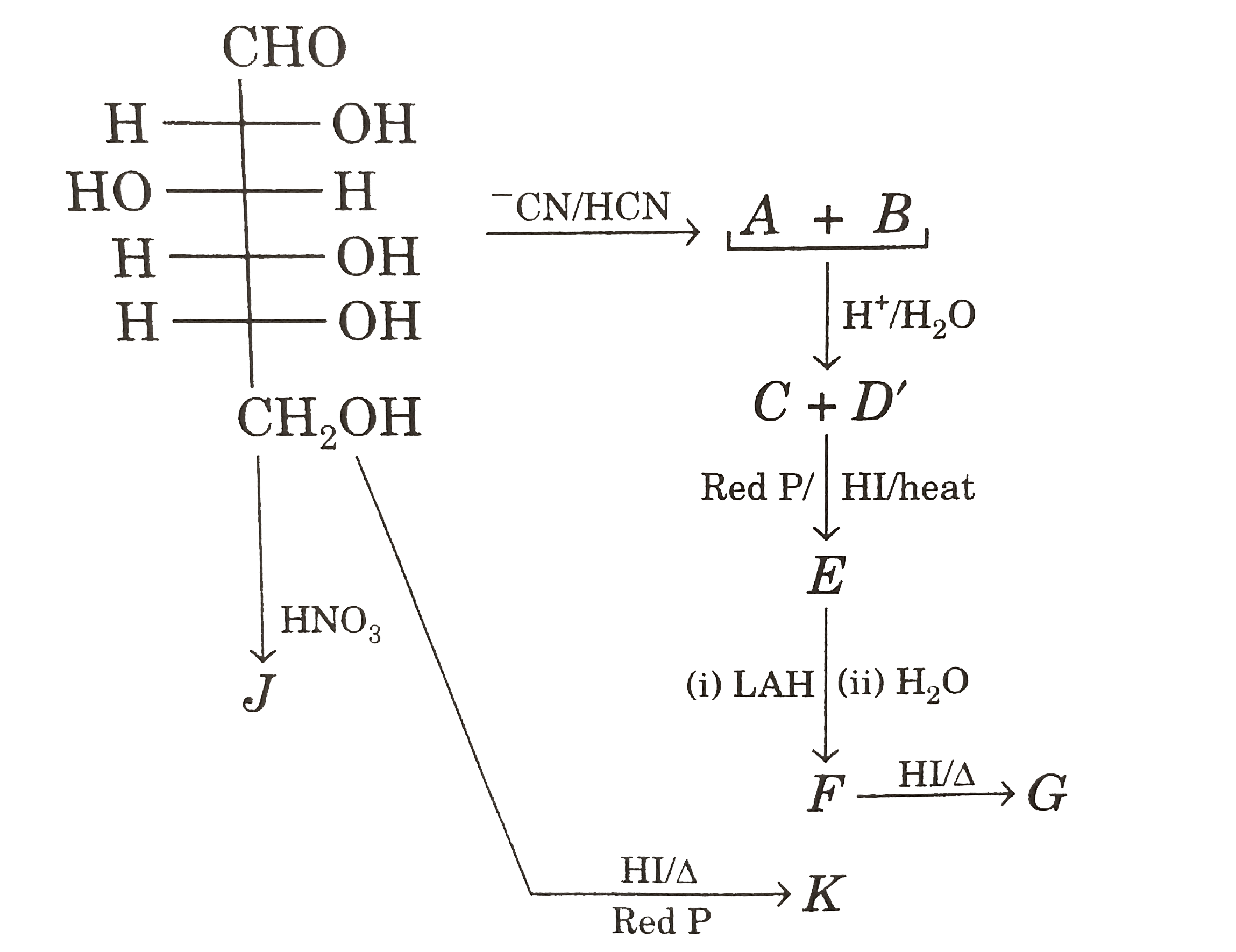What is relation between mass and density?
To understand the relationship between mass and density, we can break it down into a few clear steps:
Step 1: Define Density
Density is defined as the mass of an object divided by its volume. The formula for density (ρ) is given by:
ρ=mV
where:
- ρ = density
- m = mass
- V = volume
Step 2: Analyze the Formula
From the formula, we can see that density is directly proportional to mass when volume is kept constant. This means that if the mass of an object increases while the volume remains unchanged, the density will also increase.
Step 3: Consider Volume's Effect
Conversely, if the volume of an object increases while the mass remains constant, the density will decrease. This indicates that density is inversely proportional to volume when mass is constant.
Step 4: Summarize the Relationships
- Direct Proportionality: Density is directly proportional to mass (ρ∝m) when volume is constant.
- Inverse Proportionality: Density is inversely proportional to volume (ρ∝1V) when mass is constant.
Conclusion
In summary, the relationship between mass and density can be expressed as:
- Density increases with an increase in mass (at constant volume).
- Density decreases with an increase in volume (at constant mass).
Density is defined as the mass of an object divided by its volume. The formula for density (ρ) is given by:
- ρ = density
- m = mass
- V = volume
From the formula, we can see that density is directly proportional to mass when volume is kept constant. This means that if the mass of an object increases while the volume remains unchanged, the density will also increase.
Conversely, if the volume of an object increases while the mass remains constant, the density will decrease. This indicates that density is inversely proportional to volume when mass is constant.
- Direct Proportionality: Density is directly proportional to mass (ρ∝m) when volume is constant.
- Inverse Proportionality: Density is inversely proportional to volume (ρ∝1V) when mass is constant.
In summary, the relationship between mass and density can be expressed as:
- Density increases with an increase in mass (at constant volume).
- Density decreases with an increase in volume (at constant mass).
Topper's Solved these Questions
- BOOK - PRADEEPCHAPTER - FLOTATIONEXERCISE - Quiz Testing:Between Two Groups9videos
FLOTATION
- BOOK - PRADEEPCHAPTER - FLOTATIONEXERCISE - Worksheet Testing 1 (Based on Numerical Problems)4videos
FLOTATION
- BOOK - PRADEEPCHAPTER - FLOTATIONEXERCISE - ASSESSMENT THROUGH PAPER-PEN TEST30videos
FLOTATION
- BOOK - PRADEEPCHAPTER - FORCES AND LAWS OF MOTIONEXERCISE - MOCK TEST36videos
FORCES AND LAWS OF MOTION
Similar Questions
Knowledge Check
- Question 1 - Select One

What is relation between G and K?AChain isomerBpositional isomerCHomologueDNone of these - Question 2 - Select One
According to Einstein, the relation between mass and energy is given by
AE=mc2Bm=Ec2CE=mc−2DE=mc
What is the relation between energy density and electric field?
View SolutionWrite the relation between pressure and density of gas.
View SolutionWhat is the relation between g and G ?
View SolutionWhat is the relation between bar and atm?
View SolutionAt a constant temperature, what is the relation between pressure P and density ρ of gas?
View SolutionWhat is the relation between millibar and pascal.
View Solution

